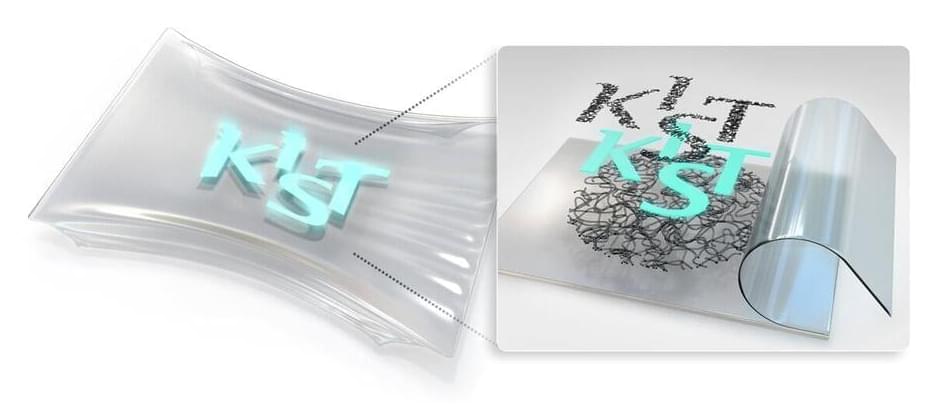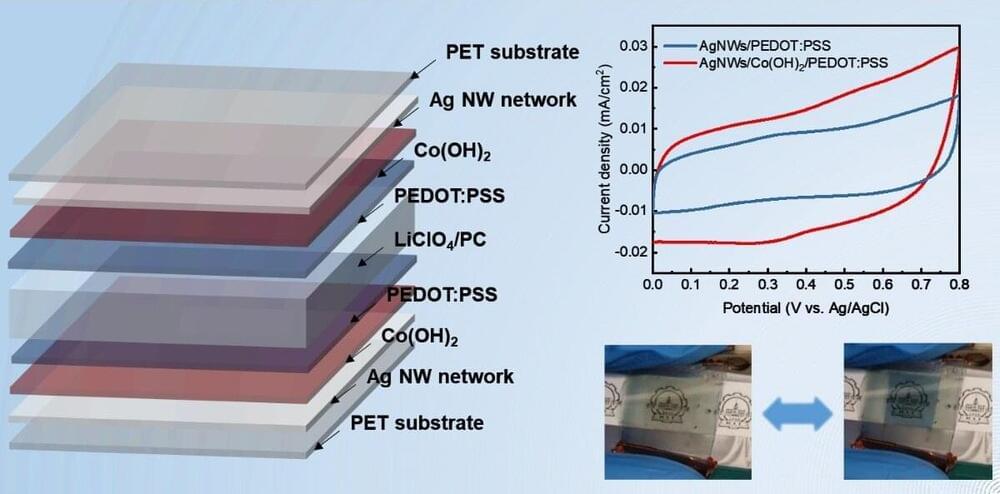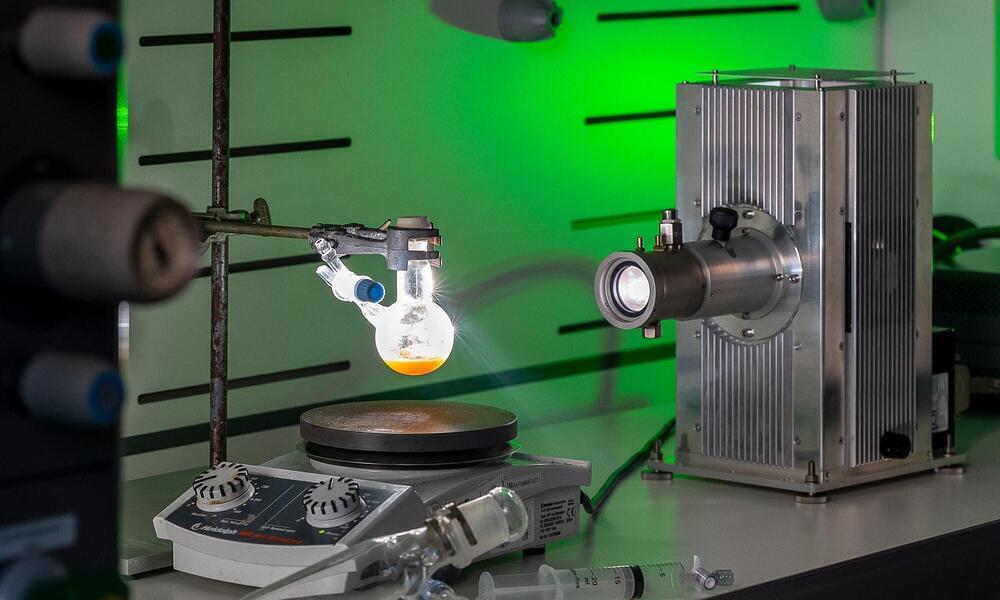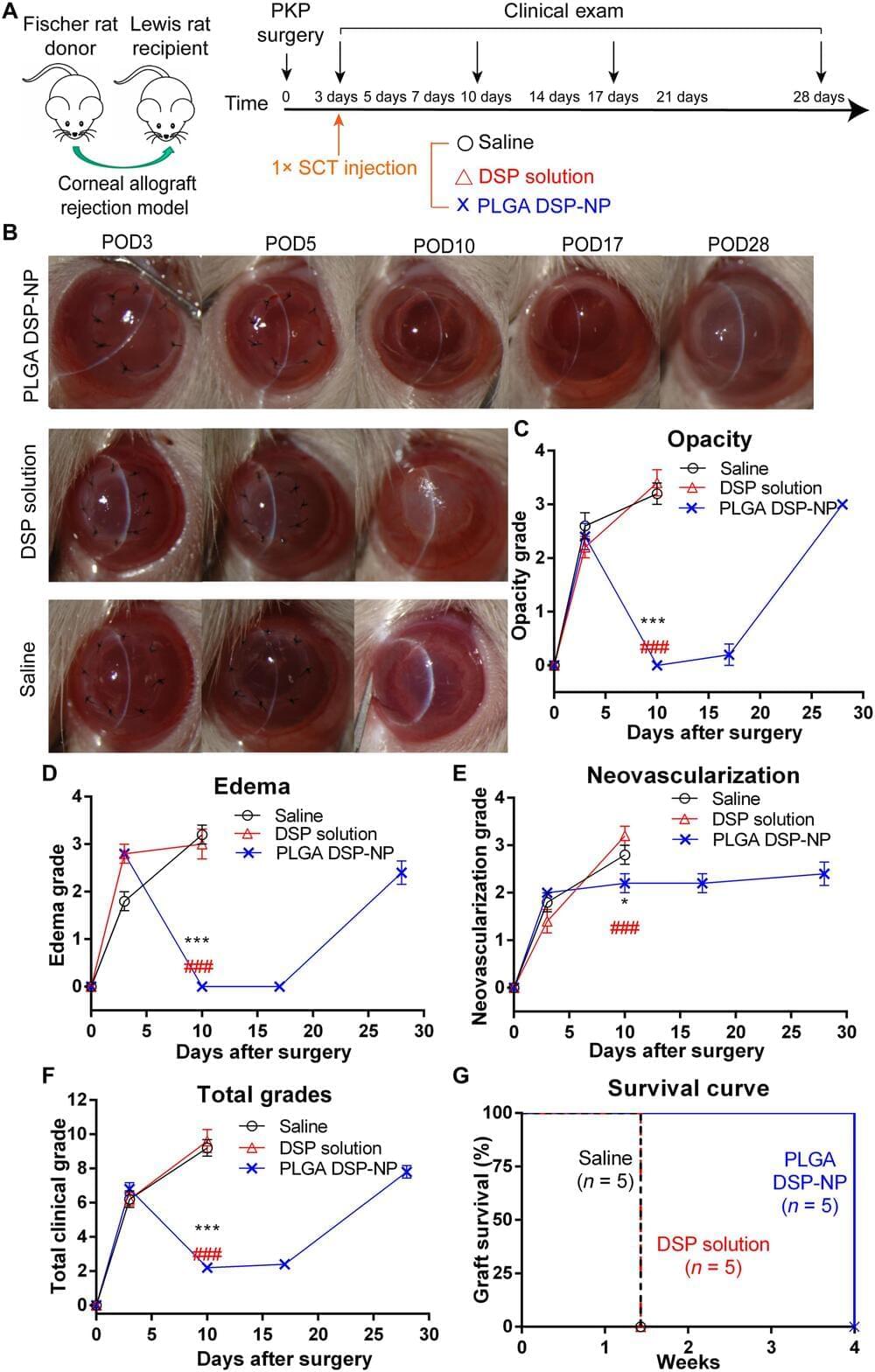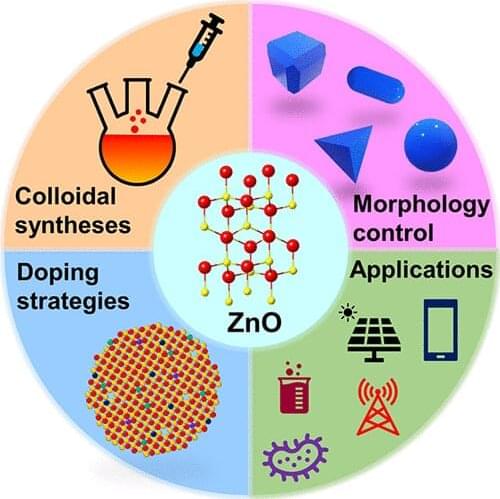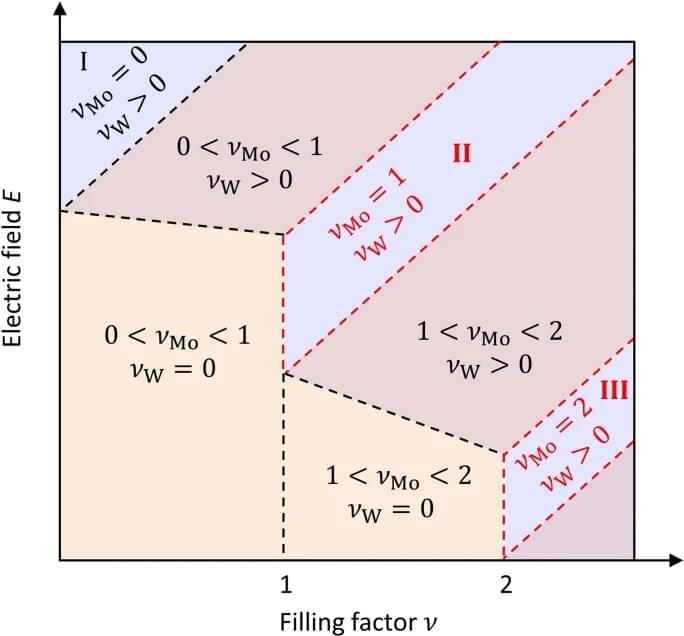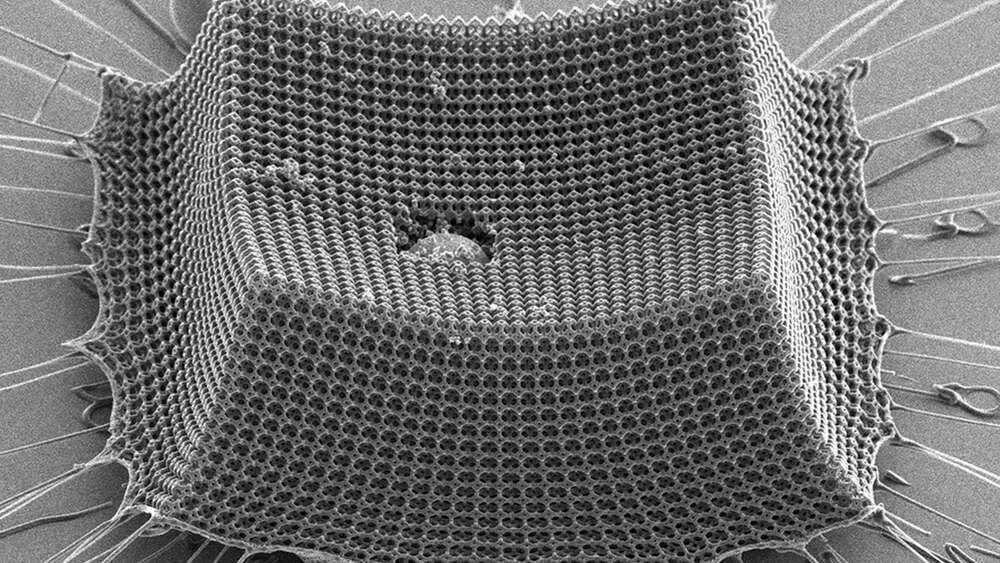Speaker: George Tulevski, materials science engineer at IBM Research.
The exceptional electronic properties of carbon nanotubes, coupled with their small size, makes them ideal materials for future nanoelectronic devices. The integration of these materials into advanced microprocessors requires a radical shift in fabrication from conventional top-down process to bottom-up assembly where advances in sorting and directed assembly are needed. This presentation will briefly describe the challenges to future transistor scaling, highlight the advantages of employing carbon nanotubes for digital logic and describe the recent progress in this area.
